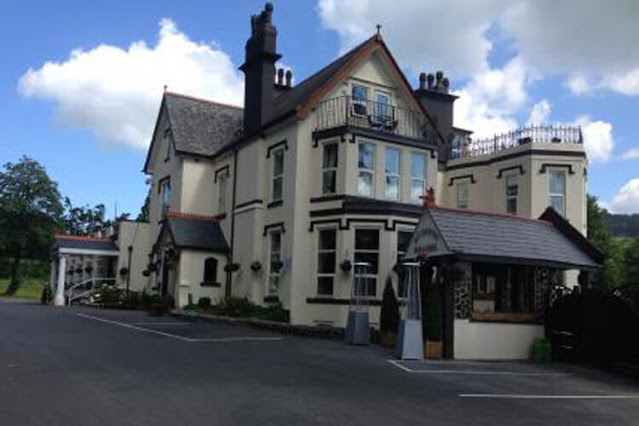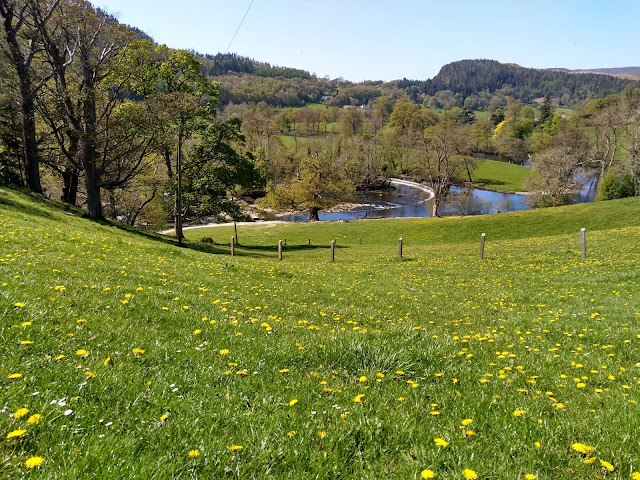* One of the images Jack Perk took of the salmon.
Incredible images of wild
salmon during their spawning season have been captured by a wildlife photographer as they travelled through the Rhug Estate.
Jack Perks filmed and photographed
the salmon on the Rhug Estate to help document the £6.8 million LIFE Dee River project
which is facilitated by Natural Resources Wales, with funding also provided by
Dwr Cymru, Environment Agency and Snowdonia National Park Authority.
The project aims to transform
the River Dee and its catchment by restoring the river and its surroundings
back to their natural state, most notably improving the numbers of salmon,
lamprey and freshwater pearl mussels to help them become more sustainable in
future.
The Dee is the largest river
in north Wales with a catchment area of more than 1,800 km2.
It is also one of
the most highly regulated rivers in Europe, and along with Llyn Tegid it has
been designated as a Special Area of Conservation (SAC).
The Alwen and Camddwr
rivers join the Dee between Cynwyd and Corwen collectively running through the
Rhug Estate for eleven miles.
From its headwaters in the
uplands of Snowdonia, the Dee descends via Llyn Tegid, the largest natural lake
in Wales.
After flowing through a broad valley to Corwen, it tumbles eastwards
through the spectacular Vale of Llangollen, under the famous Pontcysyllte
Aqueduct World Heritage Site, before breaching the Welsh foothills near
Bangor-on-Dee, and meandering northwards through the Cheshire plain to its
tidal limit just below Chester.
The main uses of the River
Dee are farming, predominantly cattle and sheep grazing; water abstraction for
water supply for 2.5m people; tourism including recreational angling, canoeing
and navigation and nature conservation.
Rhug Estate takes its job as
a custodian of the land very seriously.
Almost 9km of riverside corridors have
been introduced so the livestock cannot get to the river’s edge. This means the
riversides have been fenced off so as to protect the waterways, the riverbanks
and encourage habitats for wildlife.
Lord Newborough, owner of Rhug Estate, said: “It is only natural that I would care for the rivers that run through the estate and the aquatic life that resides in them as much as I care for the land on our organic farm, the animals that we rear and the wildlife we encourage to visit.
"We are proud to be able to play our small part in this enormous project being managed by Natural Resources Wales.”
Joel Rees-Jones, LIFE Dee
River Project Manager, said: “The communities living along the River Dee and
Llyn Tegid will be at the heart of this project. We will work closely with
local stakeholders to ensure they understand the biological, social and
economic value of the habitats and species found within the river, that
contribute to the designation as a Special Area of Conservation (SAC).
“We look forward to working
with land managers and farmers throughout the catchment to improve these
important habitats, supporting the future sustainability of rare species for
which the Dee is famed for worldwide. Creating fenced riverside corridors,
similar to those carried out by Rhug Estate will be core to this work, as well
as tree planting, soil profiling and pollution prevention advice.”
* To learn more about the
project visit the Natural Resources Wales website:www.naturalresources.wales/LIFEDeeRiver or
follow @LIFEAfonDyfrdwy on social media or email the team at
lifedeeriver@cyfoethnaturiolcymru.gov.uk






